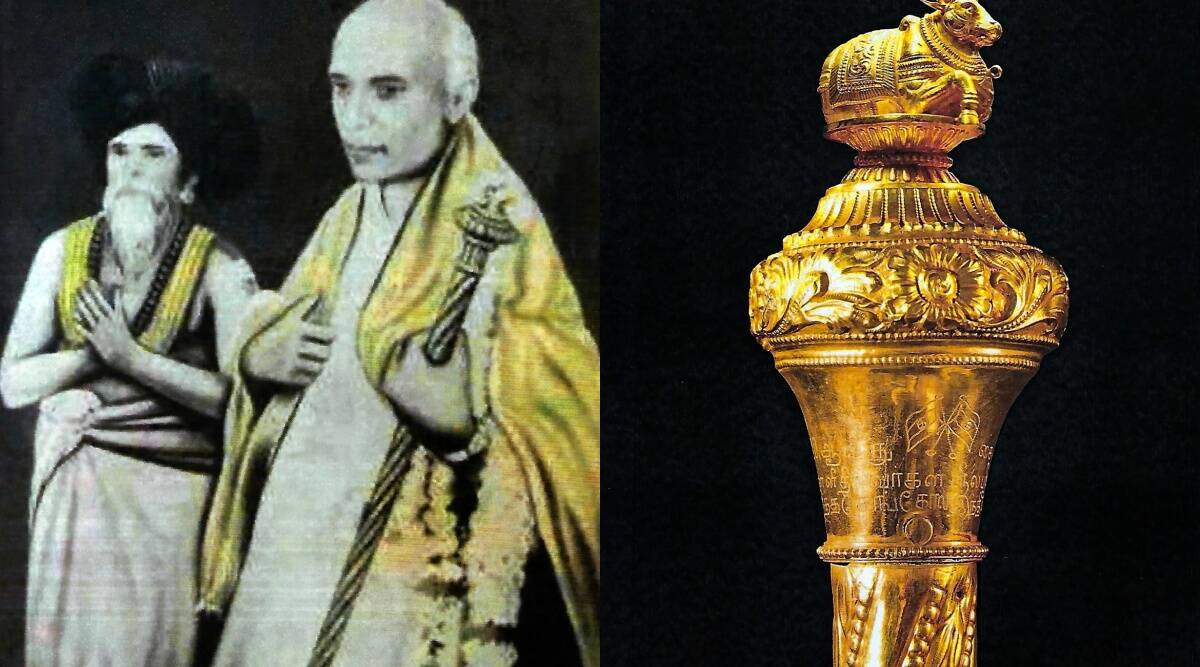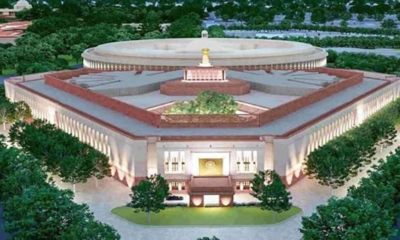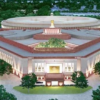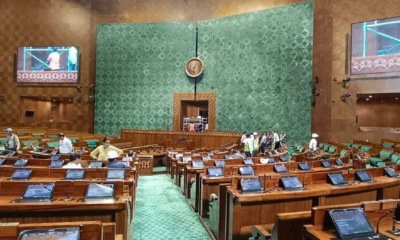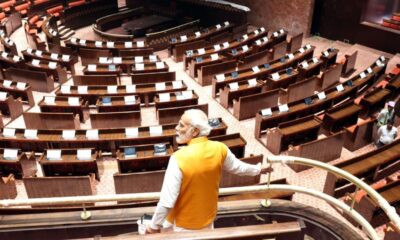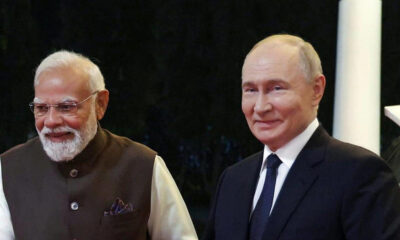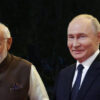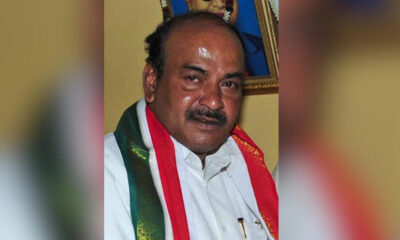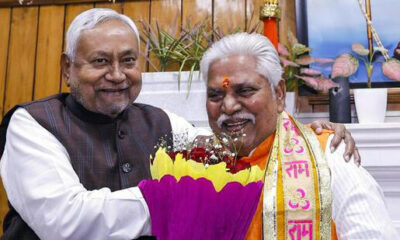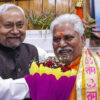Union Home Minister Amit Shah announced Monday that a golden sceptre known as ‘Sengol’ would be installed in a prominent location in the new Parliament building, which is set to be inaugurated by Prime Minister Narendra Modi at noon on Sunday, despite a massive protest by the opposition, which has demanded that President Droupadi Murmu do the honours.
The sceptre, or ‘Sengol,’ is an important artefact; it was given to Jawaharlal Nehru, India’s first prime minister, as a symbol of the country’s independence from the British. The word ‘Sengol’ is thought to be derived from the Tamil word’semmai,’ which means “excellence.”
Shah emphasised the importance of the ‘Sengol’ sceptre in the transition of power, saying that when Modi was informed of its significance (and after due verification), he guaranteed it would take pride in its position in the new Parliament building. “After deciding that this should be put before the nation,” Shah remarked, “the day of the new Parliament House inauguration was chosen.”
The ‘Sengol’ History:
The significance of the ‘Sengol’ sceptre became clear when Lord Mountbatten, the then Viceroy of British India, inquired about a symbolic transfer of power from Nehru.
Nehru sought guidance from C Rajagopalachari, the country’s last Governor-General, who was born in Thorapalli in Tamil Nadu’s Krishnagiri district (then the Madras Presidency).
Rajaji, as he was affectionately known, proposed the usage of the ‘Sengol’, having been inspired by the Chola dynasty, where a similar ceremony was done to transfer authority between monarchs.
In addition to the sceptre, the new king was given an order termed ‘aanai’ in Tamil, which bestowed upon him the responsibility to govern with an unflinching commitment to the values of ‘dharma.
Rajaji enlisted the help of a religious organisation in Tamil Nadu’s Tanjore district to create the ‘Sengol’. Vummidi Bangaru Chetty of Chennai designed the piece.
On August 14, 1947, a historic occasion occurred when three priests from the Tanjore religious organisation carried the ‘Sengol’ and profoundly devotedly presided over the rituals. They then presented the ‘Sengol’ to Nehru, symbolising the power transfer.
The ‘Sengol’ is five feet long and includes a majestic figure of Nandi, the celestial bull, on top as a depiction of ‘nyaya’, or the personification of justice and fairness.
Get all the latest news of Saurashtra on Indian daily post.
